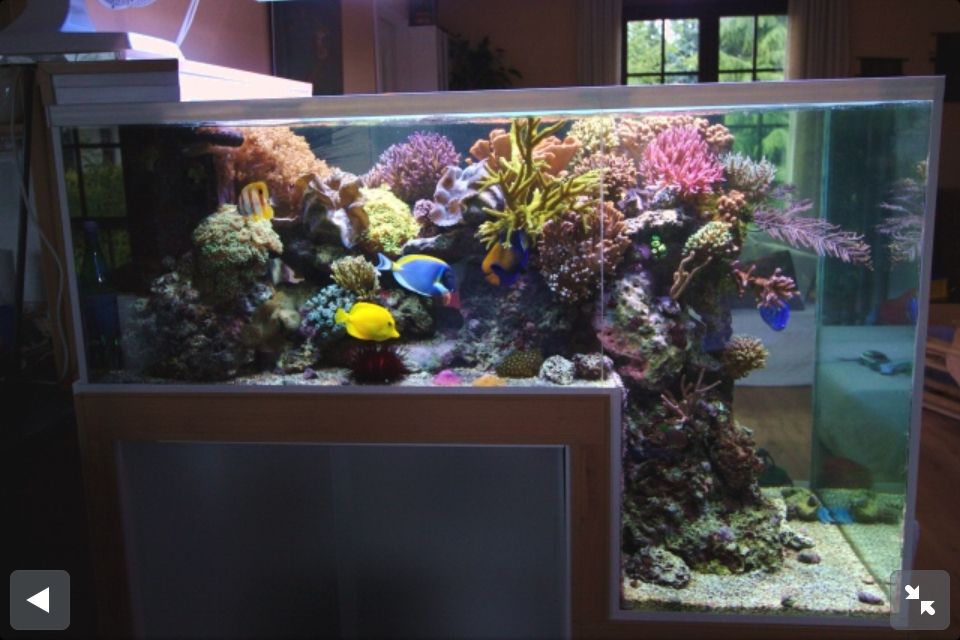 Adding a coral reef to your home marine aquarium is an interesting way to vary the environment while also giving you a good look at the calcification process. The algae that live inside the aquarium’s coral are actually a necessary part of its ecosystem. Through photosynthesis, these algae convert calcium bicarbonate and allow the coral reef to grow itself. For this process to occur, certain conditions must be present in the aquarium. The intensity and spectrum of light is the most important of these environmental conditions. Here are a few tips on using coral in your home marine aquarium.
Adding a coral reef to your home marine aquarium is an interesting way to vary the environment while also giving you a good look at the calcification process. The algae that live inside the aquarium’s coral are actually a necessary part of its ecosystem. Through photosynthesis, these algae convert calcium bicarbonate and allow the coral reef to grow itself. For this process to occur, certain conditions must be present in the aquarium. The intensity and spectrum of light is the most important of these environmental conditions. Here are a few tips on using coral in your home marine aquarium.
Using coral reefs in home marine aquariums: Co-existing with algae
Coral must have an environment within the aquarium that is conducive to the growth of certain types of algae, especially zooaxanthellae. These algae are vital to the coral’s health and survival because of its key role in calcium carbonate synthesis. The algae are also responsible for the beautiful array of colors found on aquarium coral reefs.
Using coral reefs in home marine aquariums: Calcium bicarbonate conversion
The zooaxanthellae’s ability to convert CO2 and calcium to create calcified deposits helps build up the coral reef, creating a fully-functional biosystem right there in your home aquarium. The algae convert carbon dioxide from the aquarium’s calcium bicarbonate and turn it into calcium carbonate. This calcium carbonate is used by the coral in your marine aquarium to build new calcium deposits and continue to grow. An algae like zooaxanthellae can satisfy up to ninety percent of an aquarium coral’s nutritional needs.
Using coral reefs in home marine aquariums: Lighting requirements
You must have sufficient light if you are using coral in your home marine aquarium. The zooaxanthellae cannot perform the photosynthesis process without the right amount of light. Photosynthesis is crucial to the conversion of calcium bicarbonate into something usable by the coral. If your coral does not receive the proper intensity and spectrum of light, it will eventually die off. Some species of corals may require metal halide lights instead of the standard compact fluorescent bulbs included with most aquarium lighting systems.
Using coral reefs in home marine aquariums: Dead algae floating to the surface
Occasionally, the coral will discard dead algae cells, but this is not a cause for concern unless you see a significant portion of the zooaxanthellae floating toward the surface. Under normal circumstances, the algae grows through the division of its cells. The older cells begin to die off and float out of the coral. These dead algae cells will usually appear as a long, brown string coming out of the pores in the marine aquarium’s coral reef.

